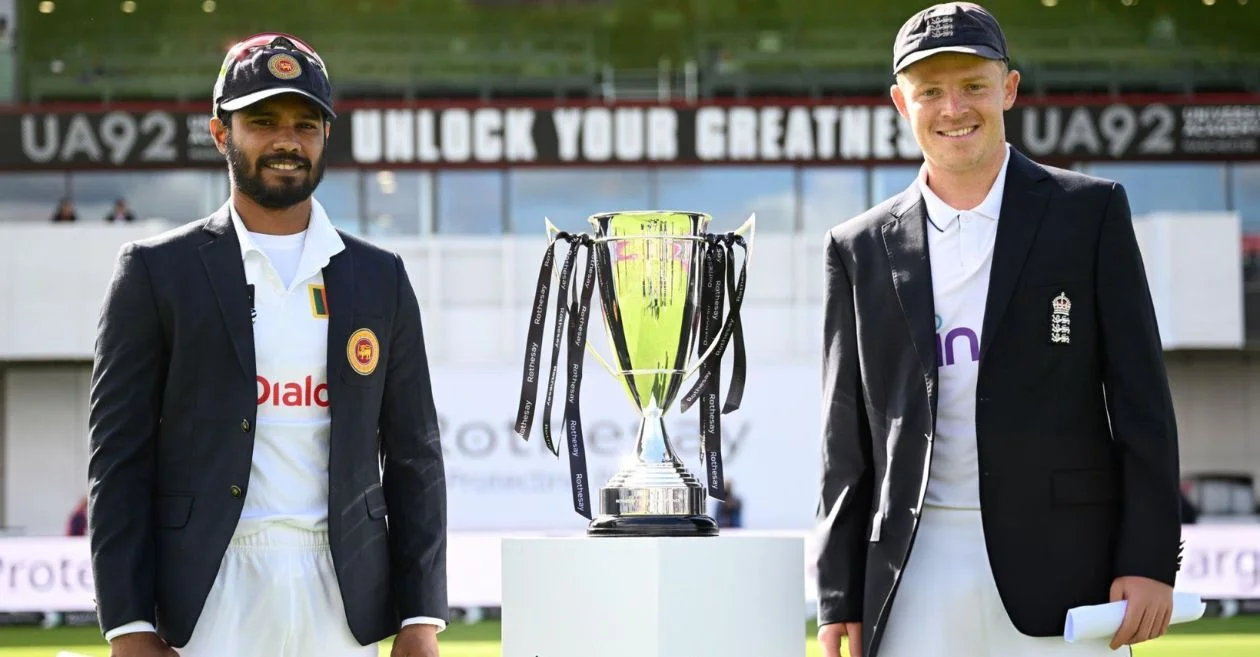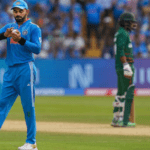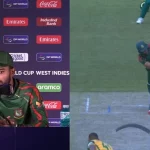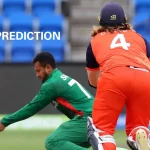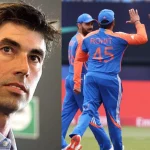As the cricketing world turns its attention to the historic Lord’s Cricket Ground in London, the second Test between England and Sri Lanka is set to commence on August 29. England, fresh off a five-wicket victory in the first Test, will look to consolidate their lead in the series, while Sri Lanka, despite a valiant effort in the opening match, aims to level the series with a decisive performance at this iconic venue.
Changes to the Playing XIs
Both teams have made strategic alterations to their playing XIs for the upcoming Test, signaling their intent to adapt and counter the challenges presented in the first match. England has opted for a change in their bowling attack, replacing Mark Wood with Olly Stone. This move indicates a tactical shift aimed at enhancing their pace options and adding fresh dynamics to their attack.
In contrast, Sri Lanka has made two significant changes: dropping Kusal Mendis and Vishwa Fernando. These adjustments reflect Sri Lanka’s determination to strengthen their squad and address the issues they encountered during the first Test. The inclusion of new faces aims to bolster their performance and provide a competitive edge in this crucial encounter.
England’s Revised Lineup
- Ben Duckett
- Dan Lawrence
- Ollie Pope (c)
- Joe Root
- Harry Brook
- Jamie Smith (wk)
- Chris Woakes
- Gus Atkinson
- Matthew Potts
- Olly Stone
- Shoaib Bashir
Sri Lanka’s New Look
- Dimuth Karunaratne
- Nishan Madushka
- Pathum Nissanka
- Angelo Mathews
- Dinesh Chandimal
- Dhananjaya De Silva (c)
- Kamindu Mendis
- Prabath Jayasuriya
- Asitha Fernando
- Lahiru Kumara
- Milan Rathnayake
Historical Context at Lord’s
Lord’s Cricket Ground, often referred to as the “Home of Cricket,” has been the venue for eight Test matches between England and Sri Lanka. The historical record at this iconic ground shows a challenging landscape for Sri Lanka, with England winning two of those encounters and the remaining six matches ending in draws. This context underscores Sri Lanka’s struggle to secure a win at Lord’s, yet it also highlights their resilience and competitive spirit over the years.
The upcoming Test offers Sri Lanka a significant opportunity to rewrite their history at Lord’s and secure their first-ever victory at this prestigious venue. For England, it presents a chance to build on their first Test triumph and assert their dominance in the series.
A Look Back: Past Test Matches at Lord’s
1. 1984: A Draw in the Only Test
The inaugural Test between England and Sri Lanka at Lord’s, held from August 23-28, 1984, ended in a draw. Sri Lanka, with notable performances from Sidath Wettimuny (190) and solid contributions from their batting lineup, scored 491/7d and 294/7d. England’s response included Allan Lamb’s 107 and Chris Broad’s 86, but Ian Botham’s exceptional bowling performance, taking 6 wickets for 90 runs in Sri Lanka’s second innings, ensured the match concluded without a result.
2. 1988: England Triumphs by 7 Wickets
In the Test match held from August 25-30, 1988, England emerged victorious by 7 wickets. Sri Lanka scored 194 and 331, with Ravi Ratnayeke’s all-round performance standing out. England’s response saw them post 429 in their first innings and chase down a target of 97, reaching 100/3. Phil Newport’s 7-wicket haul and contributions from Graham Gooch and Tim Robinson ensured England’s win.
3. 1991: England Wins by 137 Runs
The Test match from August 9-13, 1991, saw England secure a 137-run victory. England scored 282, driven by Alec Stewart’s unbeaten 113 and Graham Gooch’s 38, and declared their second innings at 364/3, with Graham Gooch’s 174 being a standout performance. Sri Lanka, despite Chandika Hathurusinghe’s 66 and Aravinda de Silva’s 42, fell short in their chase.
4. 2002: Another Draw
The Test held from May 16-20, 2002, ended in a draw. Sri Lanka, with Marvan Atapattu’s 185 and Mahela Jayawardene’s 107, scored 555/8 declared. England responded with 275 in their first innings and 529/5 declared in their second innings, featuring centuries from Marcus Trescothick, Michael Vaughan, and Mark Butcher. England’s strong second innings ensured the match ended without a result.
5. 2006: Draw Despite High Scores
In the Test from May 11-15, 2006, the match ended in a draw despite high scoring from both teams. England scored 551/6 declared, with Kevin Pietersen’s 158 and Marcus Trescothick’s 106. Sri Lanka’s response included 192 in their first innings and 537/9 in their second innings, featuring Mahela Jayawardene’s 119 and Upul Tharanga’s 52. The match ended in a draw, with Mahela Jayawardene being named Player of the Match.
6. 2011: Draw Due to Weather Interruptions
The Test from June 3-7, 2011, also ended in a draw. England scored 486 and 335/7 declared, with notable performances from Alastair Cook (106) and Jonathan Trott (70). Sri Lanka scored 479 in their first innings, with Tillakaratne Dilshan’s 193, and reached 127/3 in their second innings. Weather interruptions and time constraints prevented a result.
7. 2014: Draw Highlighted by Joe Root’s Double Century
In the Test held from June 12-16, 2014, England scored 575/9 declared and 267/8 declared. Joe Root’s double century (200*) was a highlight. Sri Lanka scored 453 in their first innings, with Kumar Sangakkara’s 147 and Angelo Mathews’ 102, and managed 201/9 in their second innings. The match ended in a draw, with Joe Root’s performance being a key highlight.
8. 2016: Another Draw with Strong Performances
The Test from June 9-13, 2016, ended in a draw. England scored 416 in their first innings, driven by Jonny Bairstow’s 167 and Alastair Cook’s 85, and declared their second innings at 233/7. Sri Lanka scored 288 in their first innings, with Kaushal Silva (79) and Dimuth Karunaratne (50), and their chase in the second innings was halted at 78/1. Rangana Herath and Nuwan Pradeep’s bowling, alongside James Anderson and Stuart Broad’s impact, ensured the match ended without a result.
Looking Ahead: The Stakes for Both Teams
As England and Sri Lanka prepare for the second Test, the stakes are high. For England, the goal is to build on their first Test victory and solidify their position in the series. Sri Lanka, on the other hand, will be eager to overcome their historical challenges at Lord’s and level the series with a strong performance.
The changes to the playing XIs reflect both teams’ strategic approaches and their readiness to adapt to the evolving dynamics of the series. With the rich history of matches at Lord’s and the high level of competition expected, the second Test promises to be a thrilling encounter that will capture the attention of cricket fans worldwide.
As the players take to the field, the anticipation and excitement surrounding the match will reach a fever pitch. Both teams will be aiming to make their mark and secure a pivotal victory, setting the stage for a gripping conclusion to the series.
Please check for information on the best betting sites in India – https://selectory.org/best-betting-sites/
